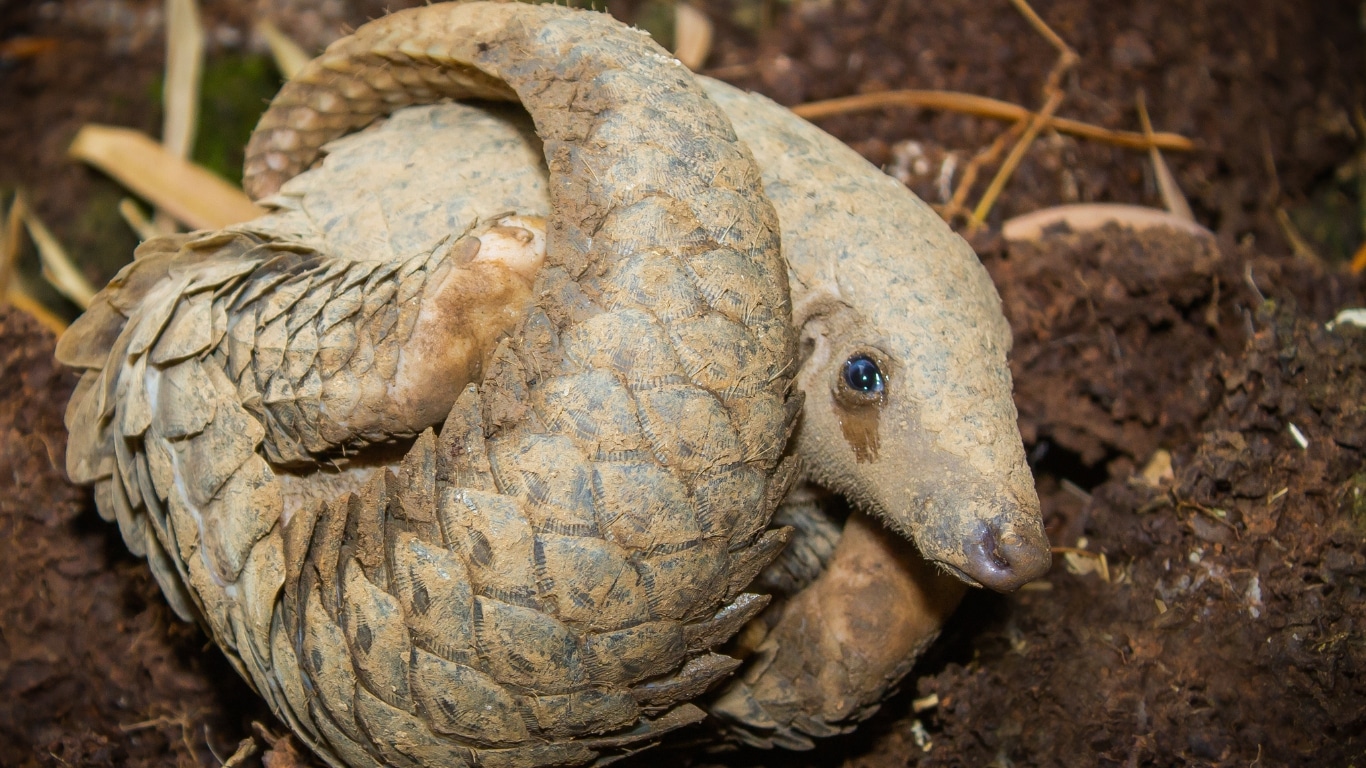Deadly electric fences erected through pangolins’ natural habitats in South Africa claim up to 2,000 pangolin lives every year.

Pangolins are already hurtling toward extinction.
There is a simple and effective solution, and we need your help today to implement it.
Pangolins in South Africa are unwittingly colliding with electrified wire fences by the thousands every year – resulting in horrendous burn injuries and death.
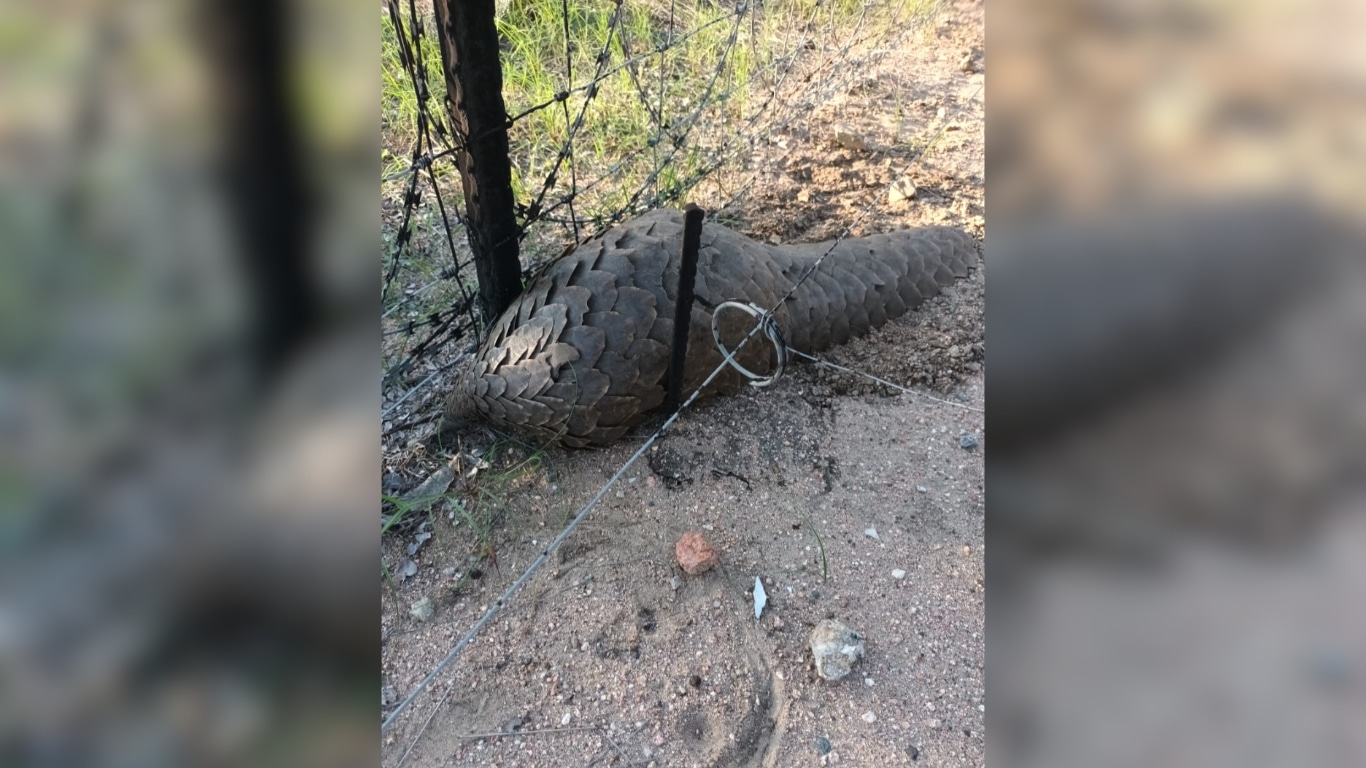
With YOUR help right now, we are eliminating this agonizing and deadly threat! Read on…
Did you know that in the past 10 years, more than one million pangolins have been poached from the wild and slaughtered for their meat and scales?
That means every five minutes, a pangolin is ripped from its habitat, killed or strung up alive in a bushmeat market, and sold for its skin and scales.
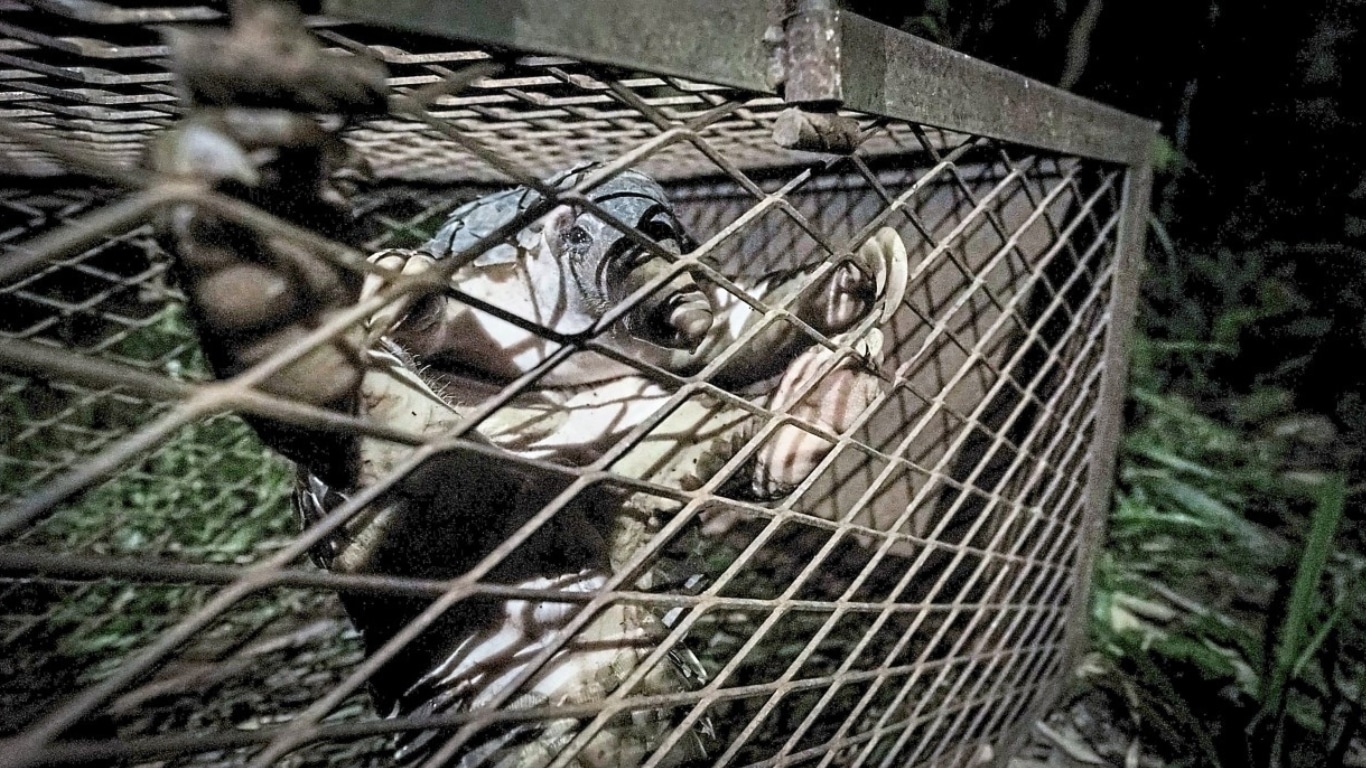
It also means that another pangolin will die as you to read this.
Every life counts in the fight against pangolin extinction. No one knows how many are left in the wild, so we must save EVERY life we can.
For South Africa’s only indigenous pangolin species, the Temminck’s ground pangolin, life is fraught. When these shy, nocturnal creatures are not dodging criminals intent on stealing and killing them, they are accidentally colliding with electrified wire fences on farms and private reserves across South Africa.
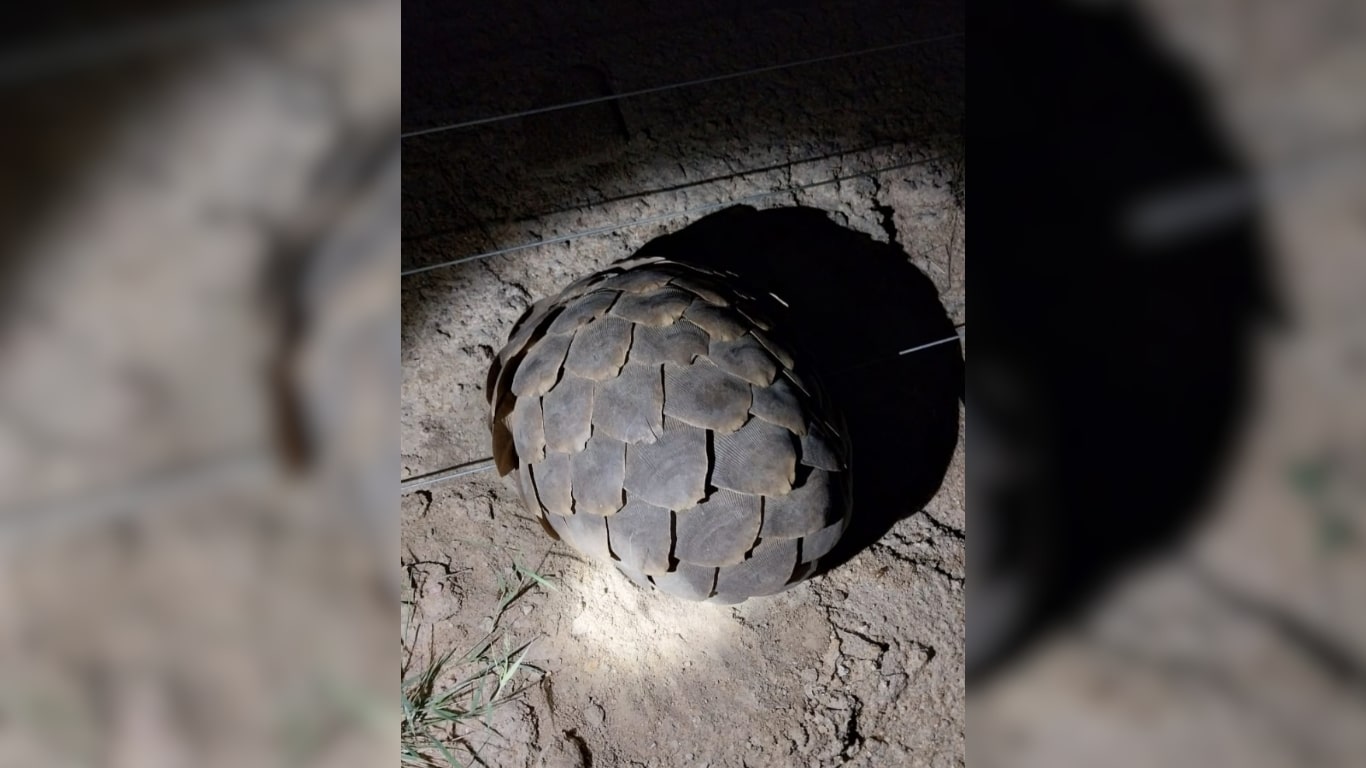
Although pangolins have protective armor and scales on the outside of their bodies, their bellies do not. This means when they walk across the landscape – which they do on their back legs, with their bellies exposed and unprotected – they are at risk of colliding with the lowest strand of electrified wire fences.
Electrified fencing is necessary in South Africa. It safeguards animals from human interference and poaching and helps to reduce human/wildlife conflict. It also serves as a critical barrier between animals, helping reduce the spread of disease.
But these fences pose a life-threatening risk to pangolins, who inadvertently end up walking into them and electrocuting themselves.
Death may be instant or excruciatingly slow as the animal gradually succumbs to its injuries in the wild.
When a pangolin touches an electrified fence, it instinctively rolls into a ball, often around the lowest electrified strand. You can only imagine the agony the animal experiences as shock after shock wracks its body.
The continuous shocks force the pangolin to roll tighter, and it is unable to release its grip, usually leading to death by being virtually cooked alive.
This is precisely what happened to Electra, a young Temminck’s ground pangolin we told you about months ago. She survived, but not without terrible suffering. Most do not.
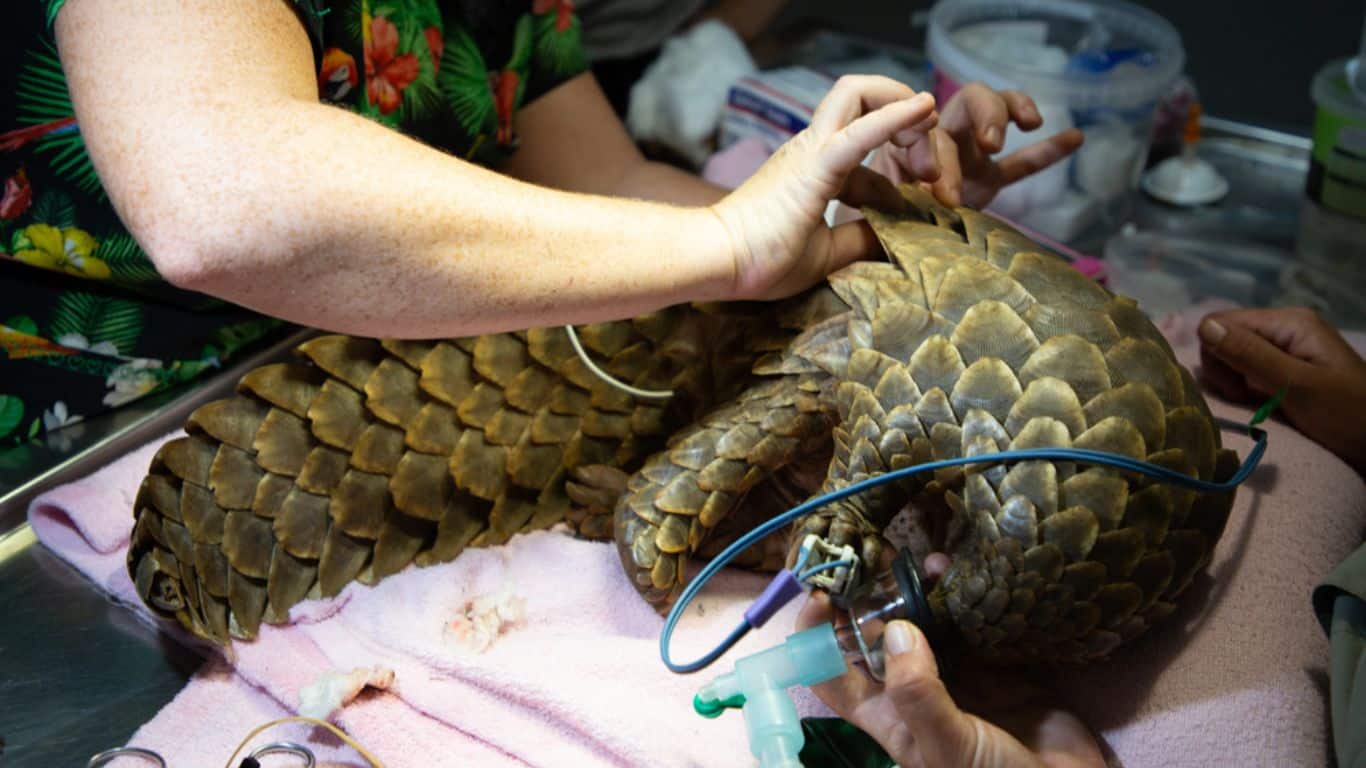
Here is the solution.
A large concentration of electrified fences is found in a protected reserve in Mpumalanga. By erecting a simple but effective ‘buffer fence’ in front of the electrified fence, pangolins and other wildlife cannot come into contact with the live wires.
To date, our partner Conserv Earth has erected 12.5 miles (roughly 20 kilometers) of this buffer fencing, but they must URGENTLY complete the project. It has already proven to be successful: not one pangolin or other animal has been electrocuted in the area where the buffer fencing has been erected.
With your support right now, we will help complete the remaining 43.5 miles (roughly 70 kilometers) of fencing so that we can help ensure that not just some but all the pangolins within the reserve can be protected from devastating electrified wire collisions.
If we can raise $44,000 (around £36,000), we can complete the entire fencing program and protect the lives of thousands of pangolins. We know this is not a small amount, but we also know we must protect pangolins at any cost.
Can they count on you today? Please donate as much as you possibly can right away.


